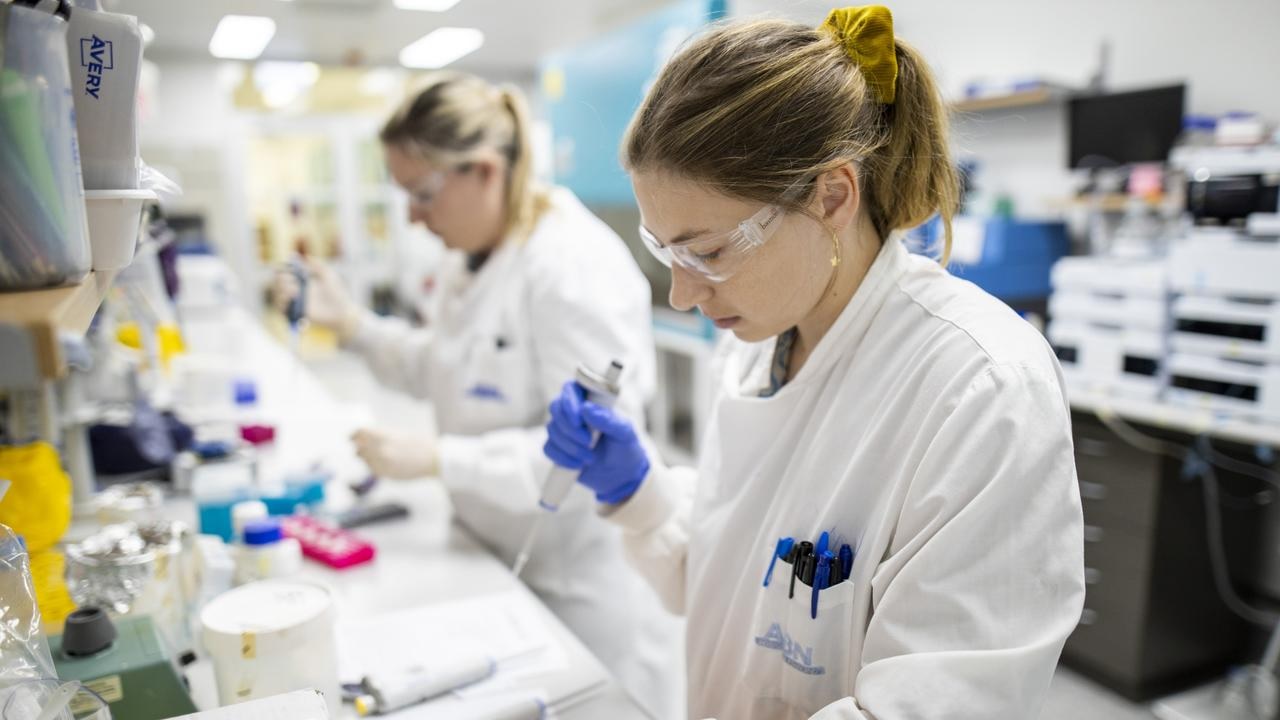Researchers Identify Key Molecule in Fatty Liver Disease Opens New Avenues for Treatment

Researchers have identified a key molecule, SEMA3A, that contributes to fatty liver disease by closing vital windows in liver cells. This discovery could lead to new treatments to reverse the disease.
A team of researchers from Heinrich Heine University Dusseldorf (HHU) and the German Diabetes Centre (DDZ) has discovered a crucial factor in the development of metabolic dysfunction-associated steatotic liver disease (MASLD), commonly known as fatty liver disease. This finding, published in the journal Nature Cardiovascular Research, could pave the way for new treatments for this increasingly common condition.
The Role of SEMA3A in Fatty Liver Disease
The study found that a saturated fatty acid called palmitic acid triggers the production of a signalling molecule named semaphorin-3A (SEMA3A) in the blood vessels of the liver. SEMA3A causes the closure of tiny windows (fenestrae) in the endothelial cells of blood vessels. These windows are essential for the liver to release excess fat into the bloodstream, which is then transported to adipose tissue for storage. When these windows are closed, fat accumulates in the liver, leading to MASLD.
Implications for Treatment
The researchers discovered that inhibiting SEMA3A can reopen these windows, allowing fat to be transported out of the liver. This reversal of fat accumulation improved liver function in their experiments. This breakthrough offers hope that targeting SEMA3A could become a therapeutic approach for treating MASLD in humans.
Understanding MASLD
MASLD affects about one-third of the global population, often due to high-energy diets and lack of exercise. Initially, MASLD does not cause symptoms, but it can progress to liver inflammation, cirrhosis, liver failure, or liver cancer. Currently, there is no long-term substitute for liver function, and severe cases may require a liver transplant.
People with MASLD are also at higher risk of developing type 2 diabetes and cardiovascular diseases. Although obesity is a significant risk factor, MASLD can also affect people who are not obese.
Next Steps
While the findings are promising, more research is needed to understand the exact processes in humans. Dr. Eckhard Lammert, one of the study's lead authors, emphasizes the need for further investigation to develop potential treatments based on these discoveries.
Conclusion
The identification of SEMA3A's role in closing the liver's endothelial cell windows provides a new understanding of how fatty liver disease develops. This discovery opens the door to potential new treatments that could significantly impact those affected by MASLD.



